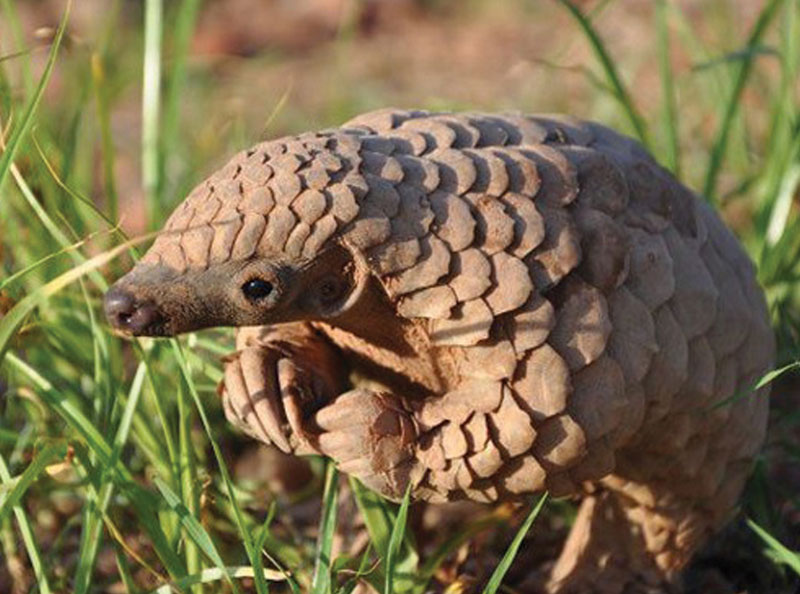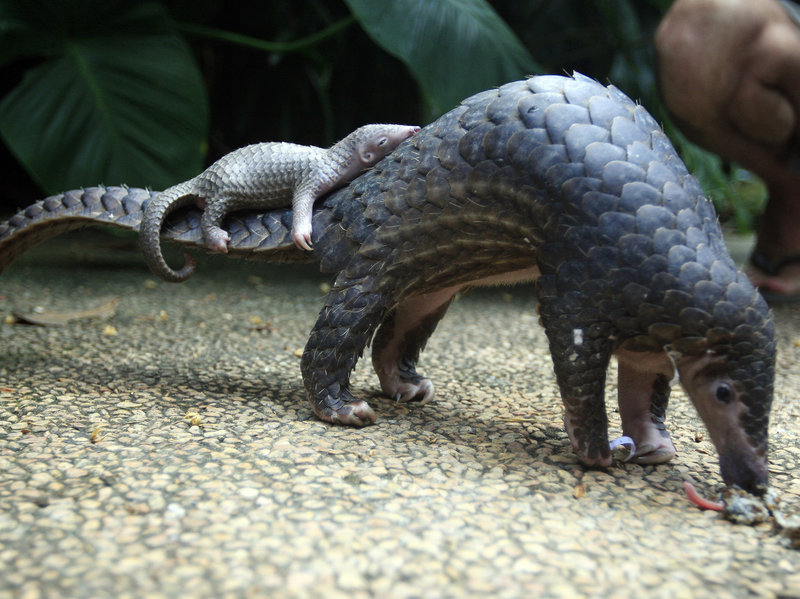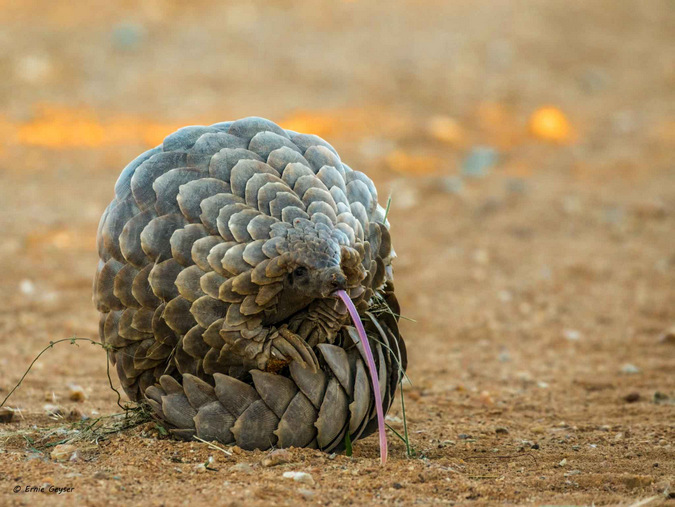Welcome!
Pangolins, or scaly anteaters, are nocturnal, ant- and termite-eating mammals found in Asia and Sub-Saharan Africa whose bodies are covered with overlapping scales made of keratin, the same protein that forms human hair and finger nails, and rhino horn. Thought to be among the most trafficked mammals in the world, pangolins are threatened by unsustainable and illegal international and domestic trade of their scales, which are used in traditional Asian medicine, and their meat, which is considered a luxury food in many cultures, as well as by habitat loss.

Pangolins, or scaly anteaters, are nocturnal, ant- and termite-eating mammals found in Asia and Sub-Saharan Africa whose bodies are covered with overlapping scales made of keratin, the same protein that forms human hair and finger nails, and rhino horn. Thought to be among the most trafficked mammals in the world, pangolins are threatened by unsustainable and illegal international and domestic trade of their scales, which are used in traditional Asian medicine, and their meat, which is considered a luxury food in many cultures, as well as by habitat loss.

Pangolins, or scaly anteaters, are nocturnal, ant- and termite-eating mammals found in Asia and Sub-Saharan Africa whose bodies are covered with overlapping scales made of keratin, the same protein that forms human hair and finger nails, and rhino horn. Thought to be among the most trafficked mammals in the world, pangolins are threatened by unsustainable and illegal international and domestic trade of their scales, which are used in traditional Asian medicine, and their meat, which is considered a luxury food in many cultures, as well as by habitat loss.
